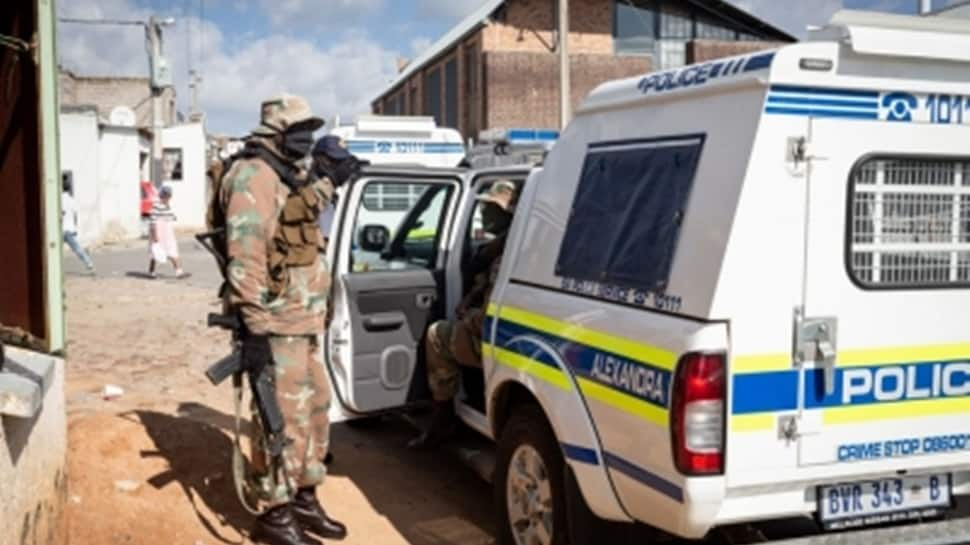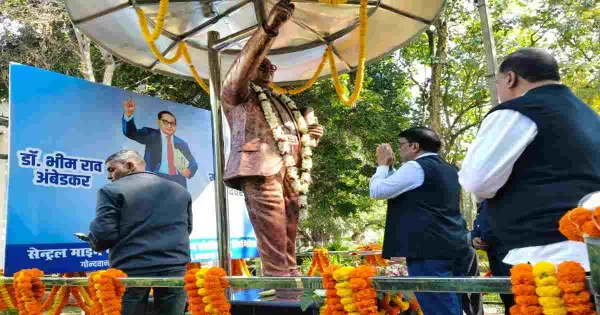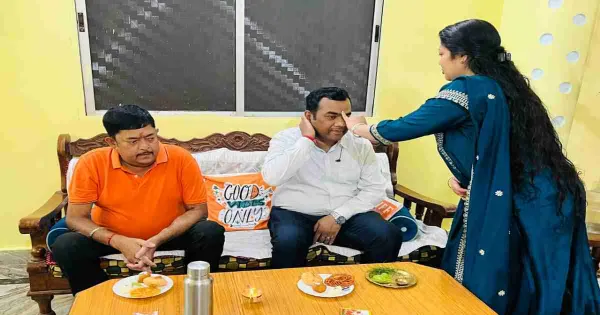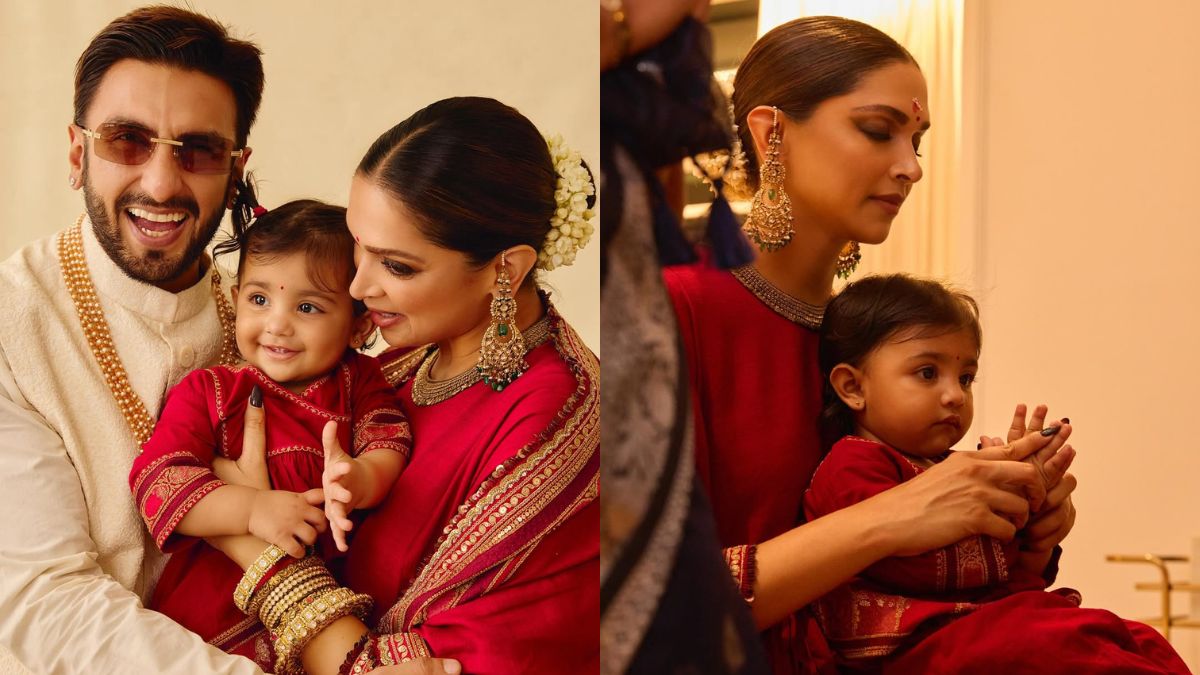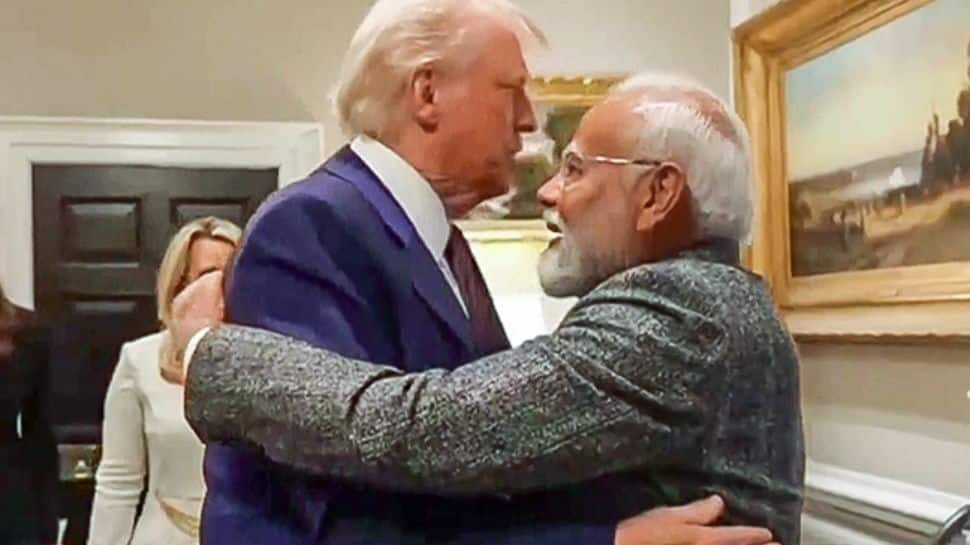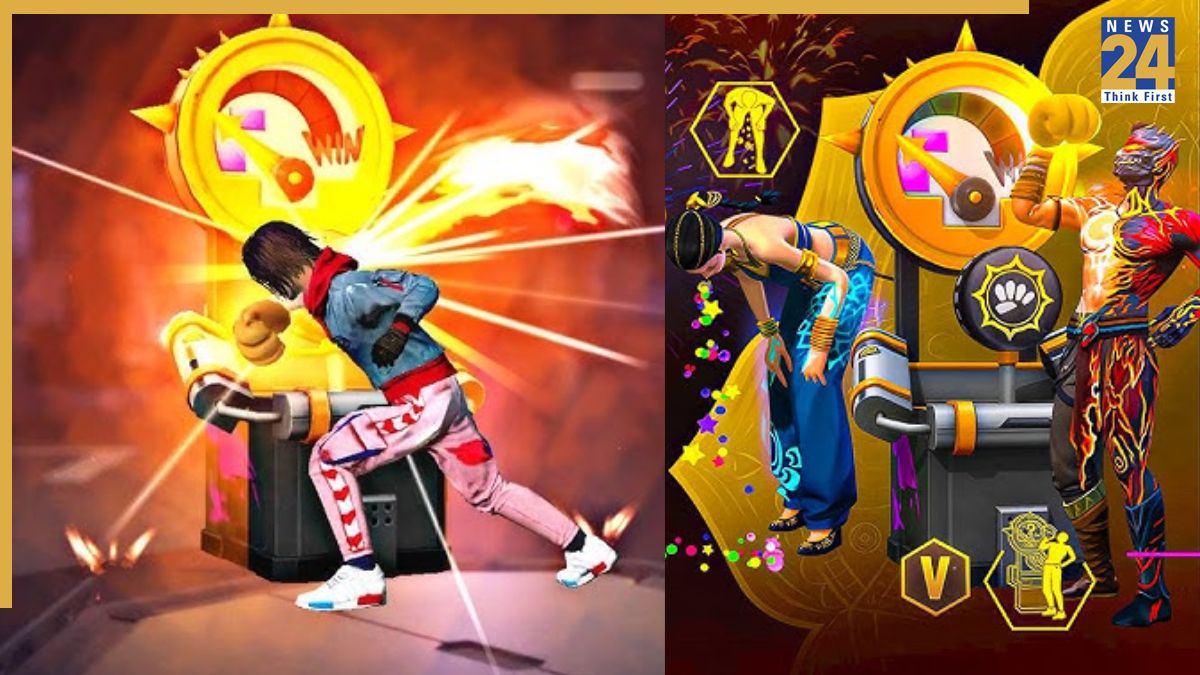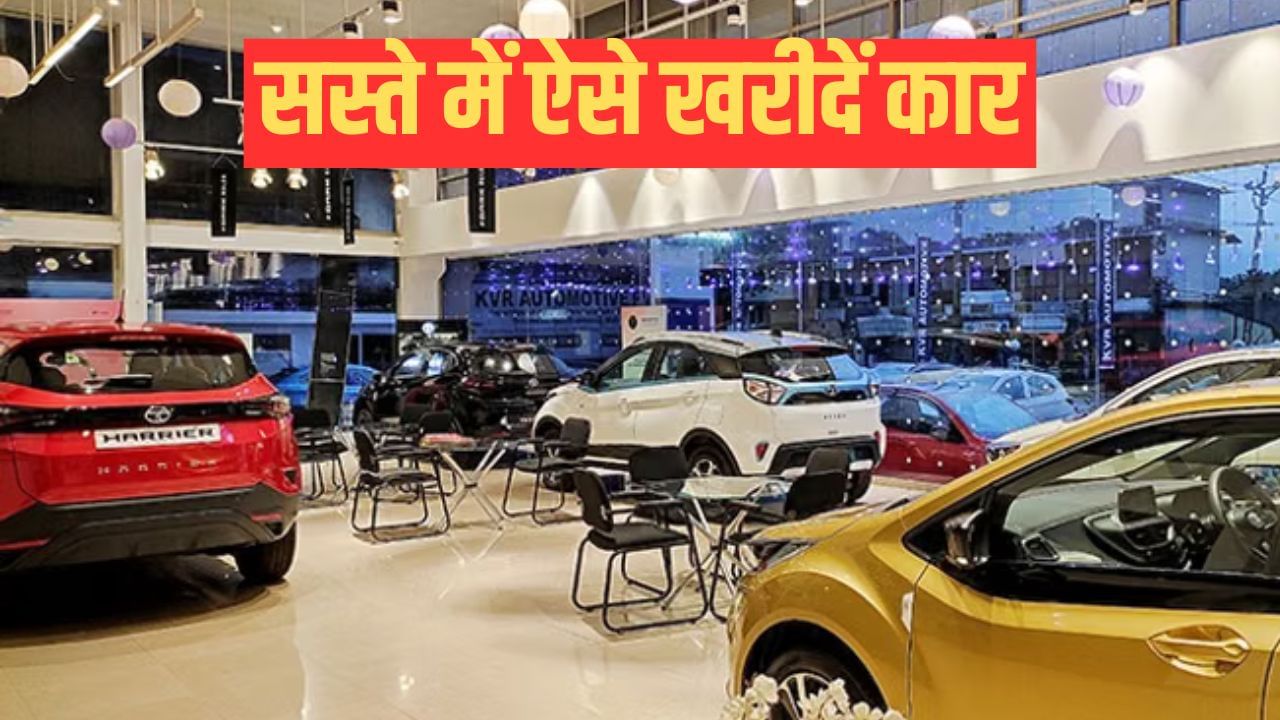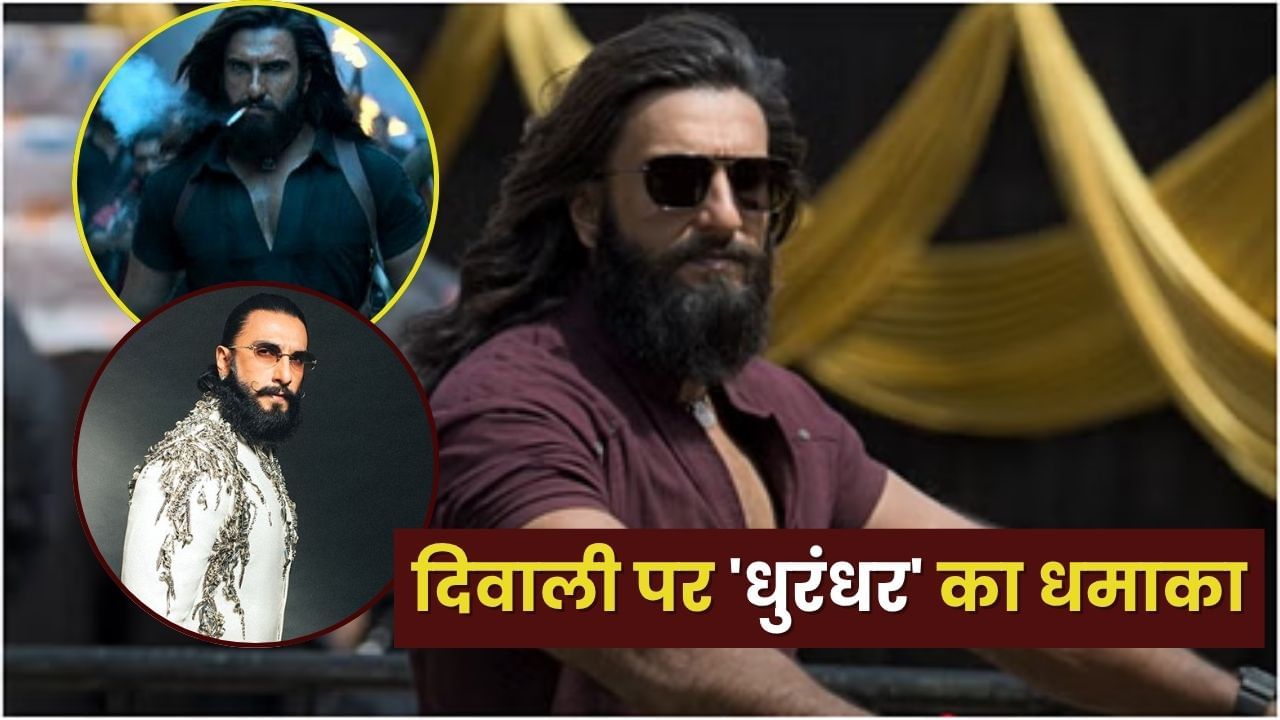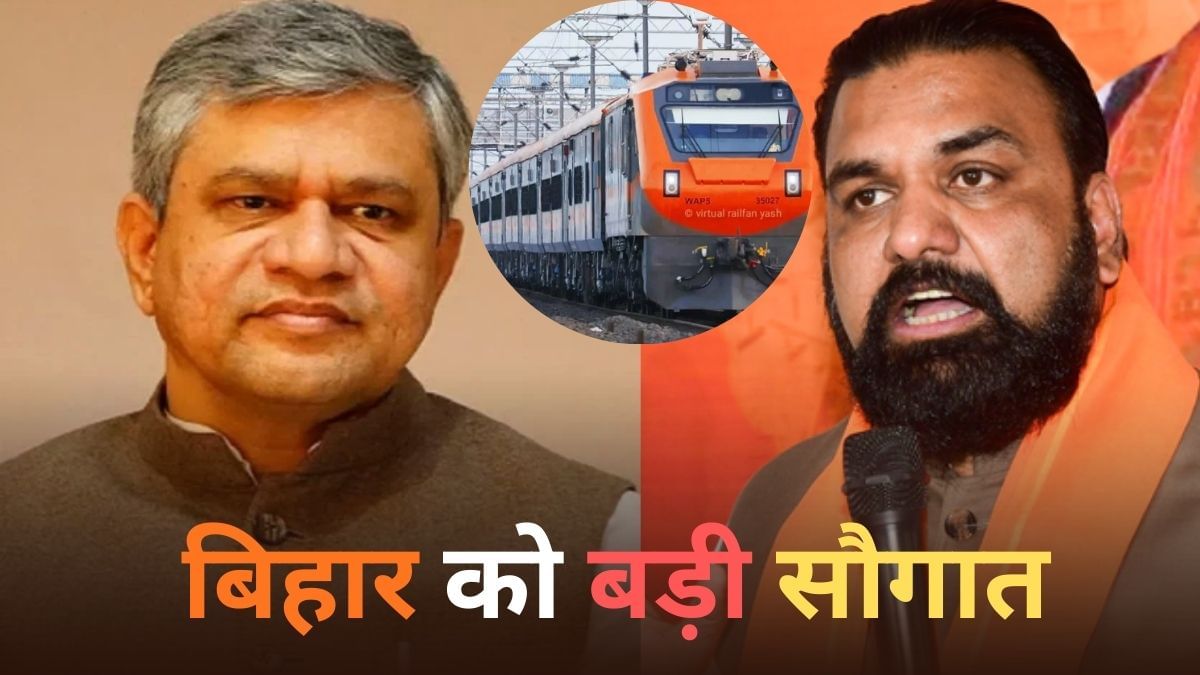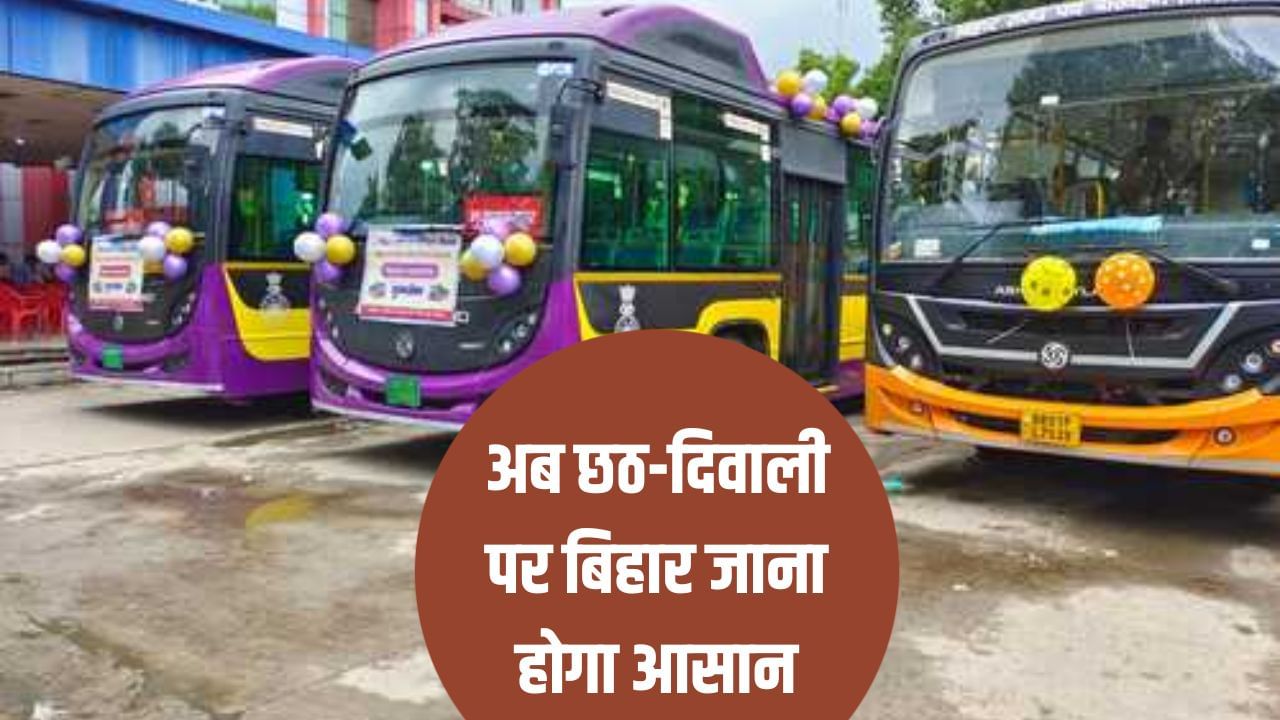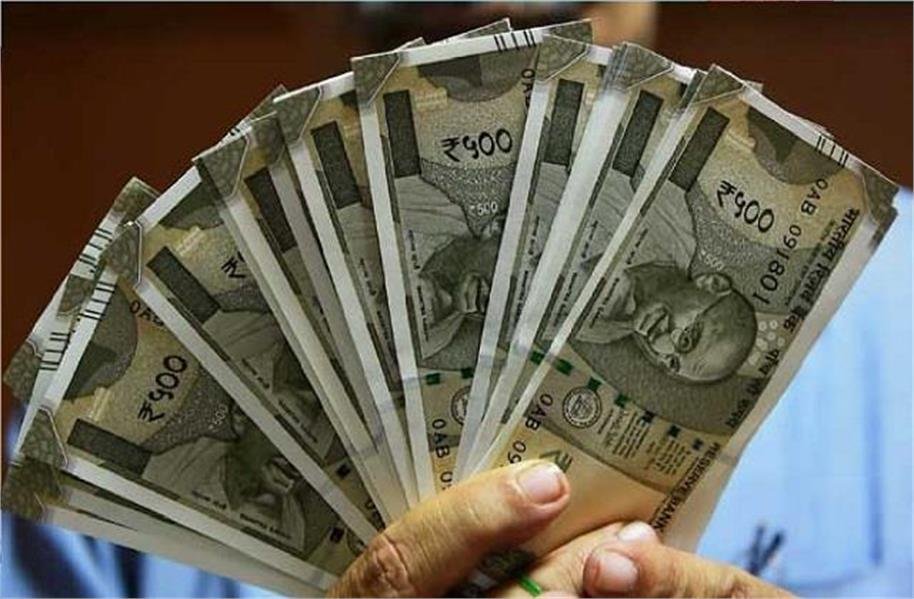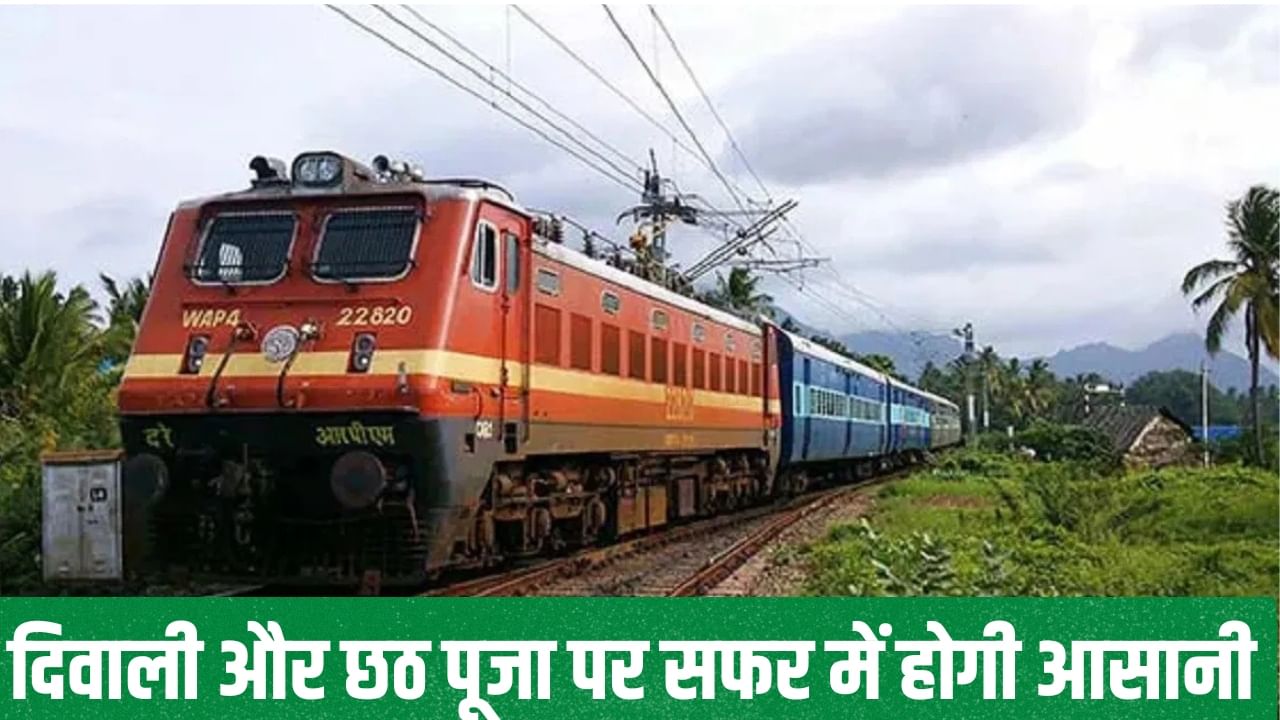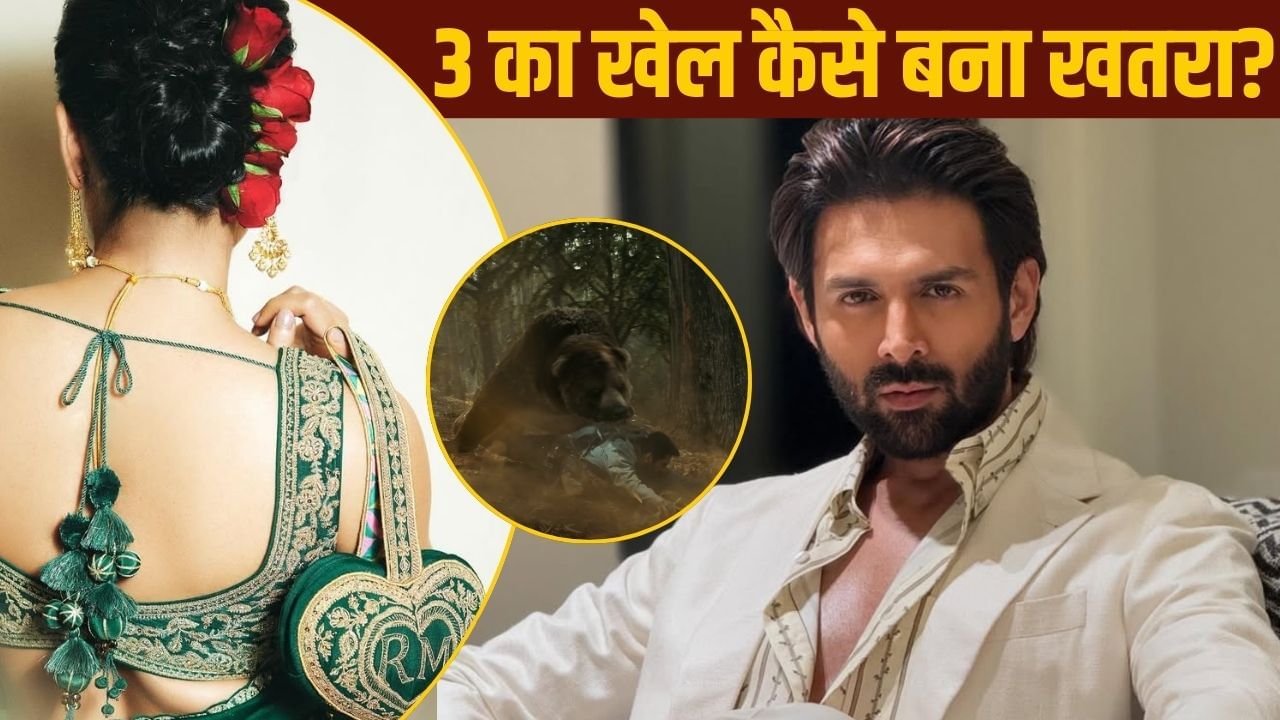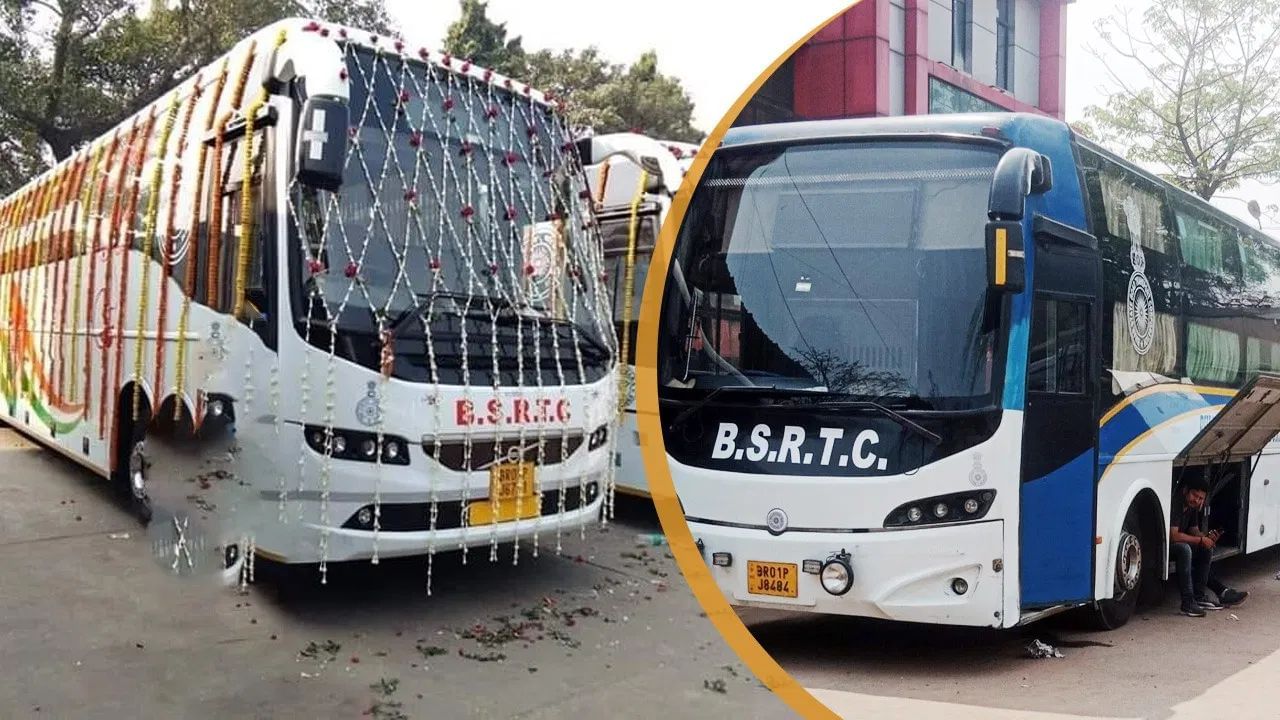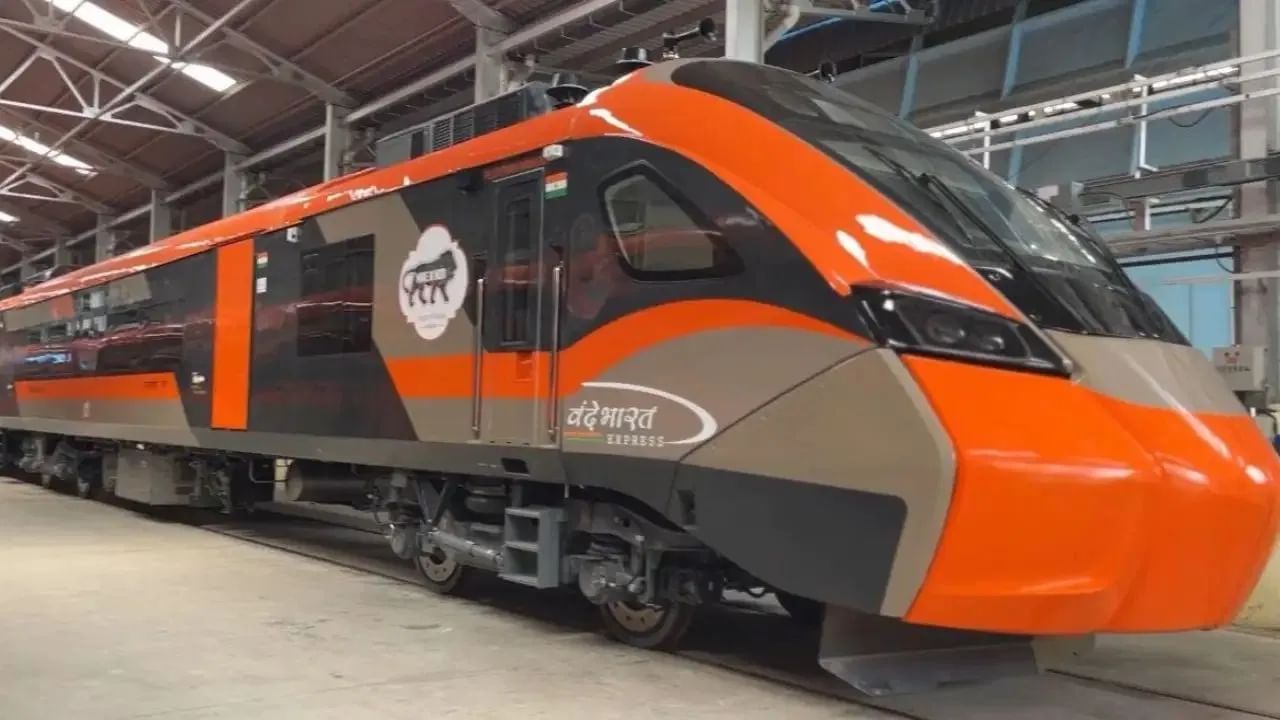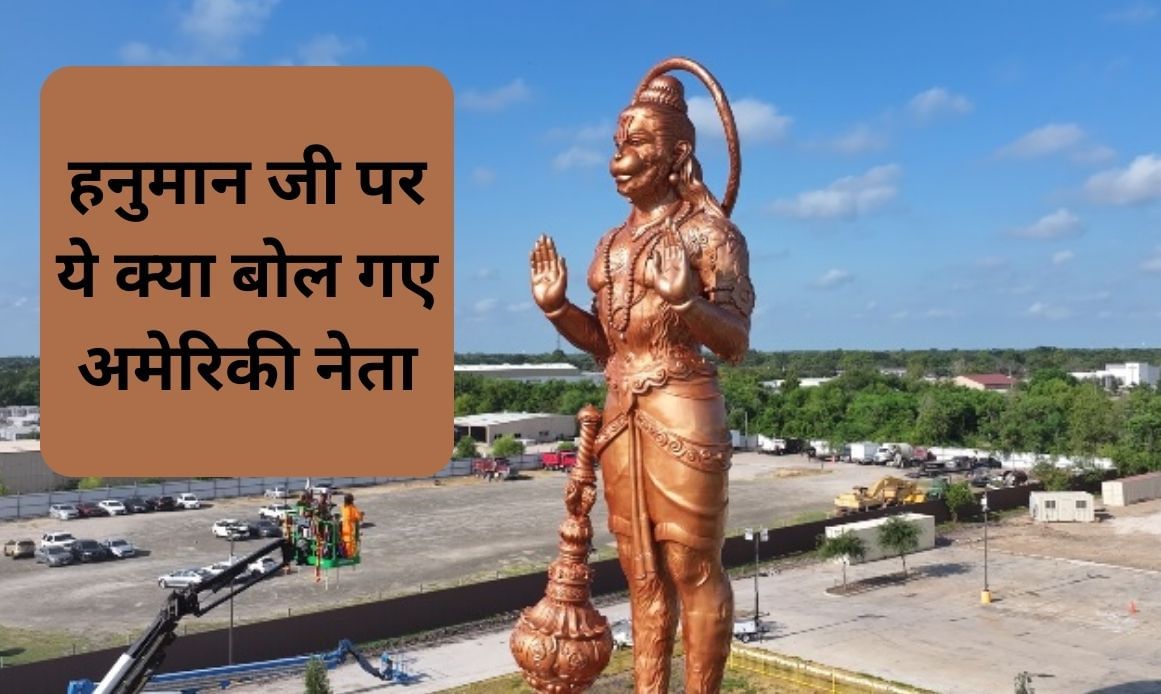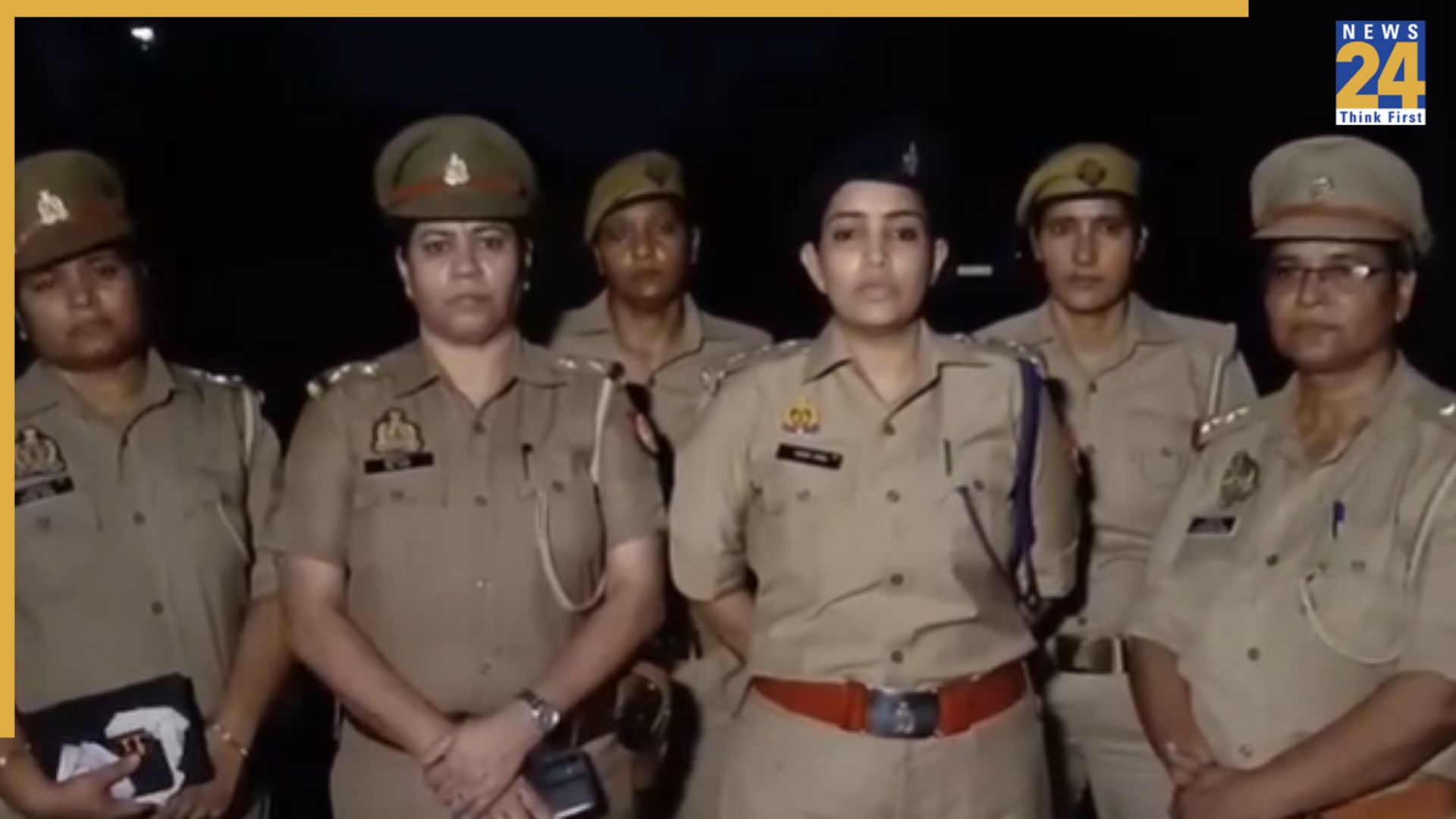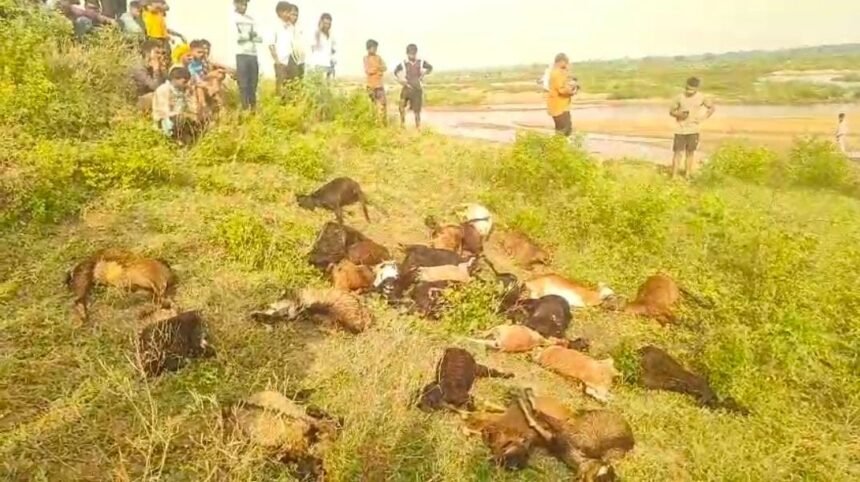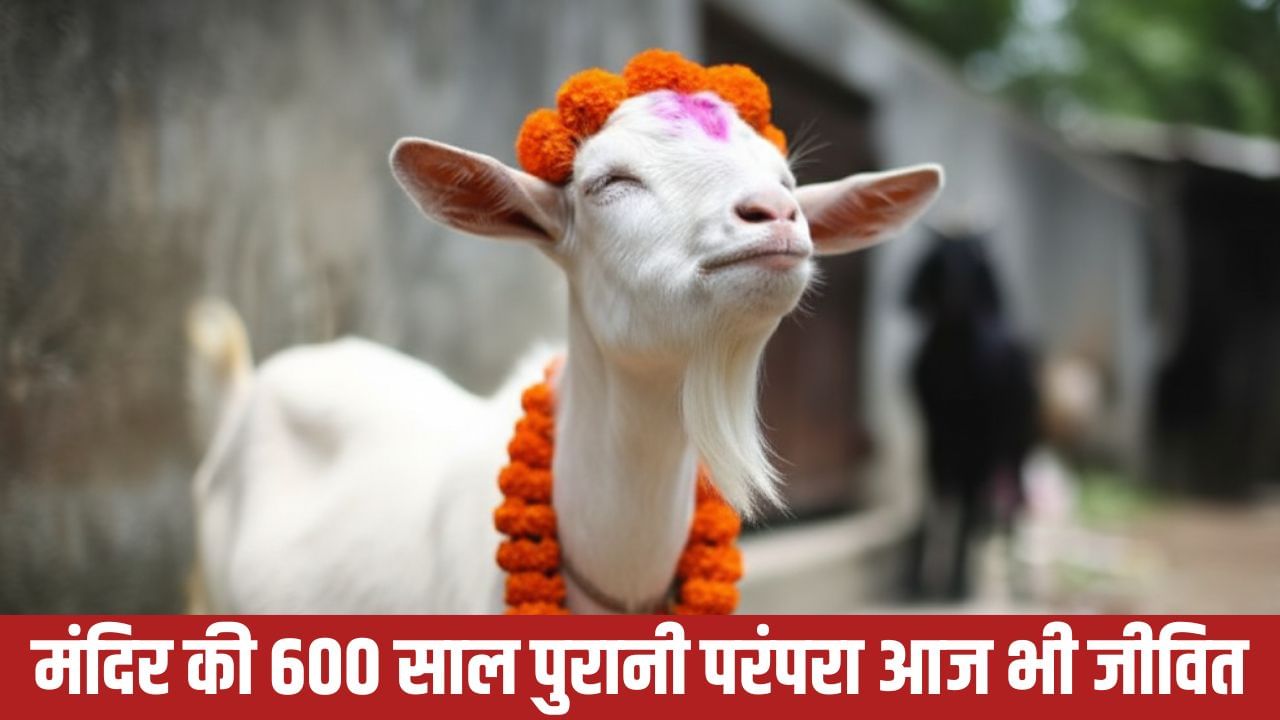Subscribe to Updates
Get the latest creative news from FooBar about art, design and business.
Browsing: Diwali
Players of Garena Free Fire Max can obtain exciting in-game rewards by using redeem codes. These codes, released on October 5, 2025,…
Diwali in India is not just a festival of lights and celebrations but is also considered an auspicious time to buy a…
With Navratri and Durga Puja concluding, Diwali is just around the corner. Many are planning to purchase cars before Diwali, prompting auto…
Following the release of the first look of ‘Dhurandhar’ on Ranveer Singh’s birthday, the film has generated significant buzz. Directed by Aditya…
Online shopping is booming in India ahead of Diwali, but the risk of cybercrimes is also surging during the festive season. Cyber…
In anticipation of the Diwali and Chhath festivals, the Indian Railways has announced the launch of seven new trains for Bihar. The…
The festive season is upon us, and with it comes the excitement of celebrations like Garba and Navratri. Individuals are exploring outfit…
With Diwali and Chhath festivals approaching, the Bihar State Road Transport Corporation (BSRTC) is offering a special bus service until November 30th…
The Indian government has announced a significant Diwali bonus for railway employees across the country. During a recent meeting of the Union…
Heavy passenger crowds are expected on trains during the festivals of Dussehra, Diwali, and Chhath Puja. Considering the large number of passengers…
In anticipation of the increased passenger traffic during the Diwali and Chhath Puja festivities, Indian Railways has revealed plans to operate 12,000…
The Chhattisgarh School Education Department has announced a total of 64 days of holidays for the upcoming academic year. The order was…
The Chhattisgarh School Education Department has announced a total of 64 days of holidays for the upcoming academic year. The order was…
Several big films faced challenges at the box office this year, while some smaller budget movies made a mark. With only a…
The Bihar government has announced a significant initiative to provide relief to travelers during the upcoming festive season. Deputy Chief Minister Samrat…
The Indian Railways is preparing to launch the first Vande Bharat Sleeper Express train. This new train is expected to begin service…
